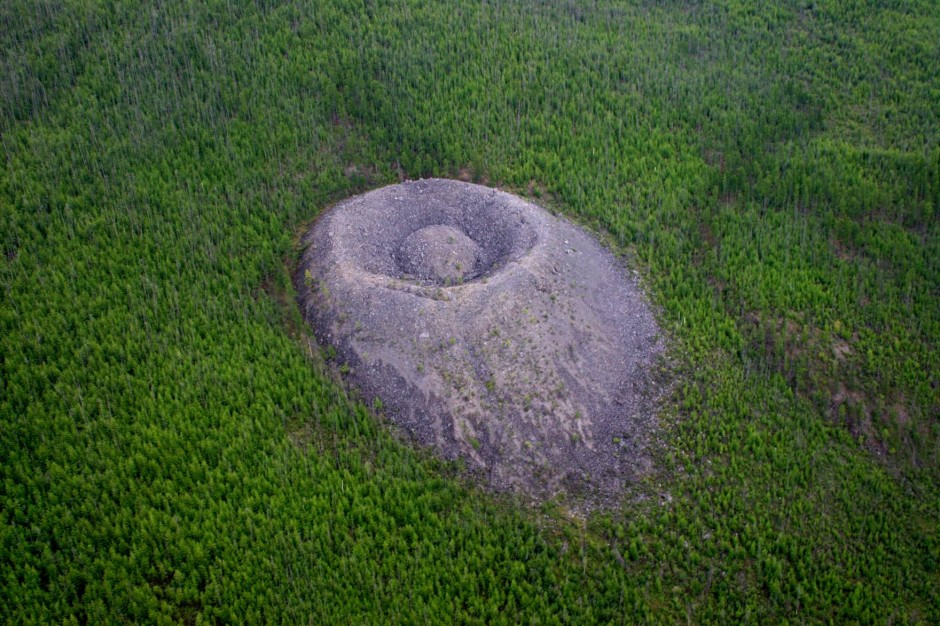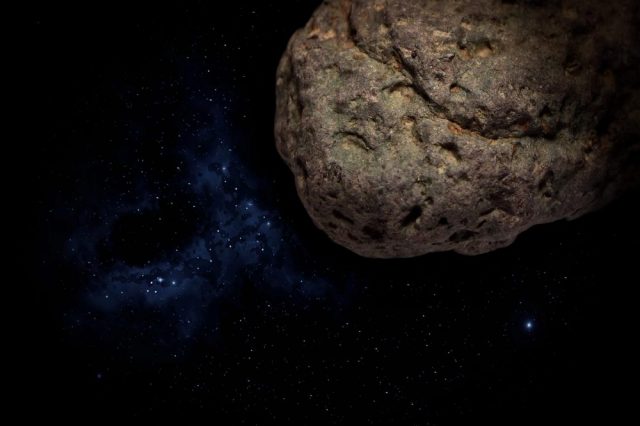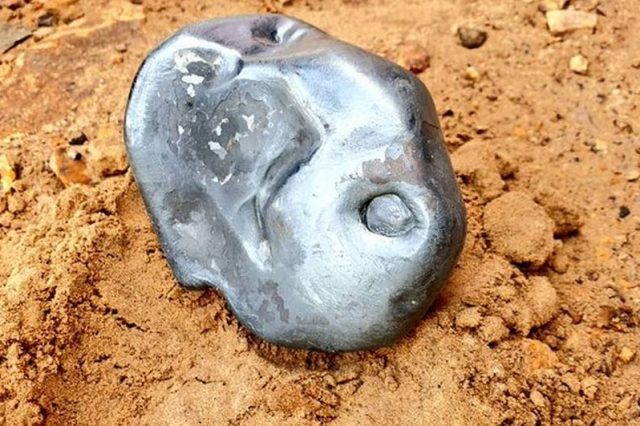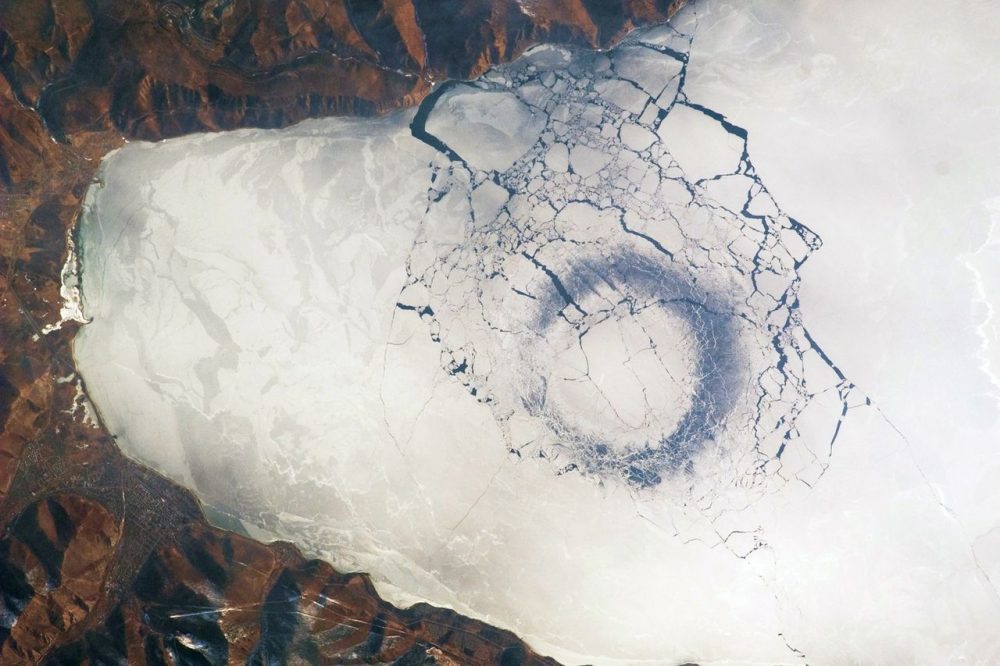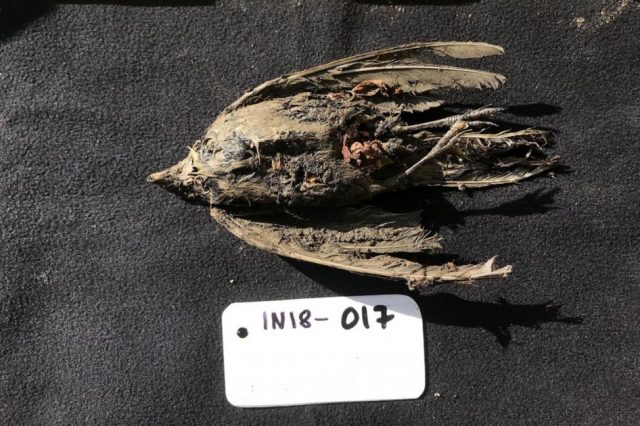The Crater constantly changes shape, it has an estimated volume of 230,000–250,000 cubic meters, and a weight of one million tons.
Nestled deep within the remote Siberian wilderness lies the enigmatic Patomskiy Crater, a geological oddity that has captivated scientists and sparked debates for decades. The peculiar formation, discovered more than 70 years ago, remains shrouded in mystery as researchers continue to investigate its origins, exploring theories from meteorite impacts to extraterrestrial involvement. This living, shape-shifting crater not only challenges our understanding of Earth’s geological processes but also fuels our curiosity about the unexplained phenomena that continue to puzzle humankind.
The Unraveling Mystery of the Patomskiy Crater
Over 70 years ago, geologists discovered a bizarre crater in Siberia, the Eagle’s Nest or the Siberian living crater. The puzzling Patomskiy Crater (the Siberian living crater), believed to be centuries old, has a volume between 230,000 and 250,000 cubic meters and weighs approximately one million tons.
Theories About the Siberian “Living Crater”
In 1949, scientists in Irkutsk, Siberia, found the odd convex cone with a funnel-shaped recess and a peculiar rounded hill in the center, resembling a half-buried sphere. The cause of this unusual geological formation remains a mystery, with theories ranging from nuclear explosions, meteorite impacts, to extraterrestrial intervention. The prevailing theory suggests a meteorite created the crater, but supporting evidence remains elusive. The 80-meter tall cone measures 150 meters at its widest point. Some experts attribute the structure to volcanic activity, but the nearby area is non-volcanic.
Elusive Connections and Meteoritic Origins
A speculated link between the Tunguska event and the Siberian “living crater” remains unproven. Despite the search, no meteoritic material has been discovered at the site. Analyses indicate the 350-year-old crater predates the Tunguska impact.
The Buried Object and the Siberian “Living Crater”
Russian scientists suspect a high iron content object, either a large meteorite or an incredibly dense mass, lies buried 150 meters beneath the crater. Strangely, the “living” crater reportedly changes shape frequently, with the structure rising and falling constantly. Trees near the site grow at an abnormally rapid pace.
The Continued Debate over the Crater’s Origins
Researchers from the Irkutsk State Technical University, the Institute of Geosphere Dynamics, and RAS (Moscow) still argue for a meteoritic origin for the Siberian Living Crater. However, in 2010, Viktor Sergeyevich Antipin from the St. Petersburg Institute of Geochemistry of the Russian Academy of Sciences concluded that geological processes likely caused the Patomskiy Crater. Antipin argued that no new evidence supports the meteorite hypothesis.
Have something to add? Visit Curiosmos on Facebook. Join the discussion in our mobile Telegram group.

